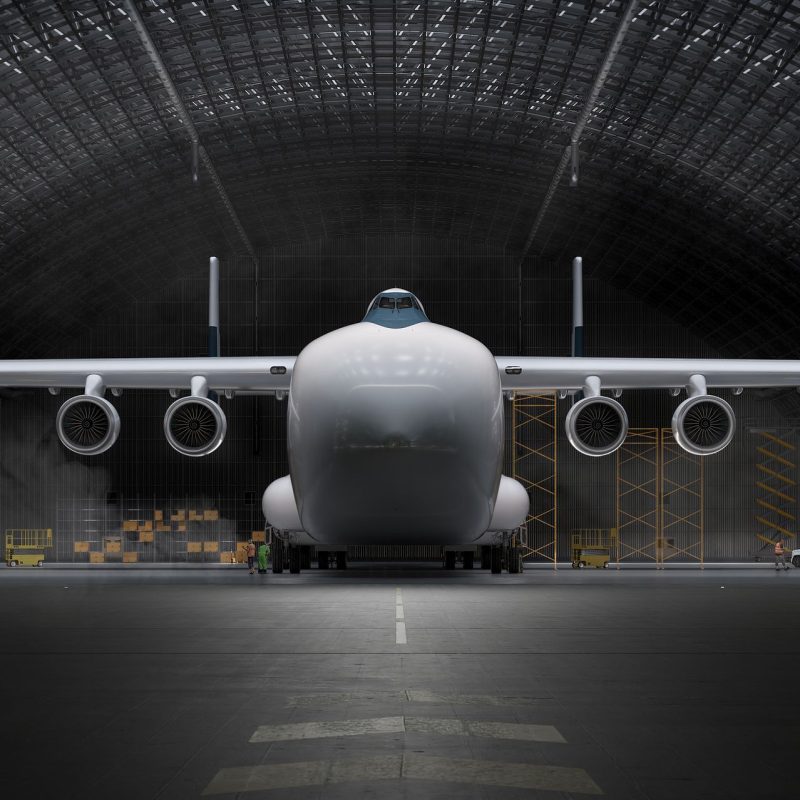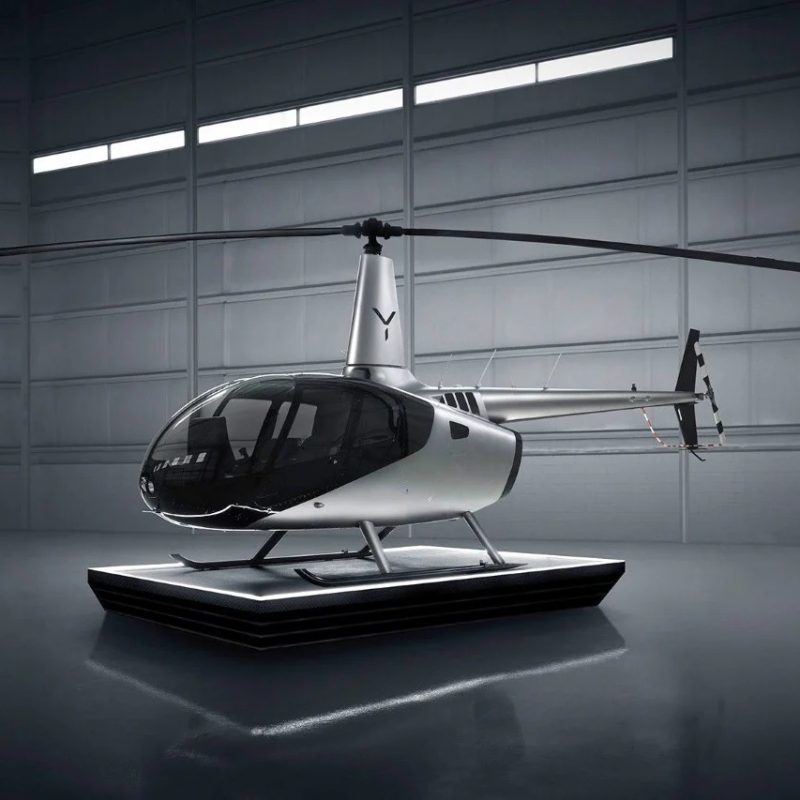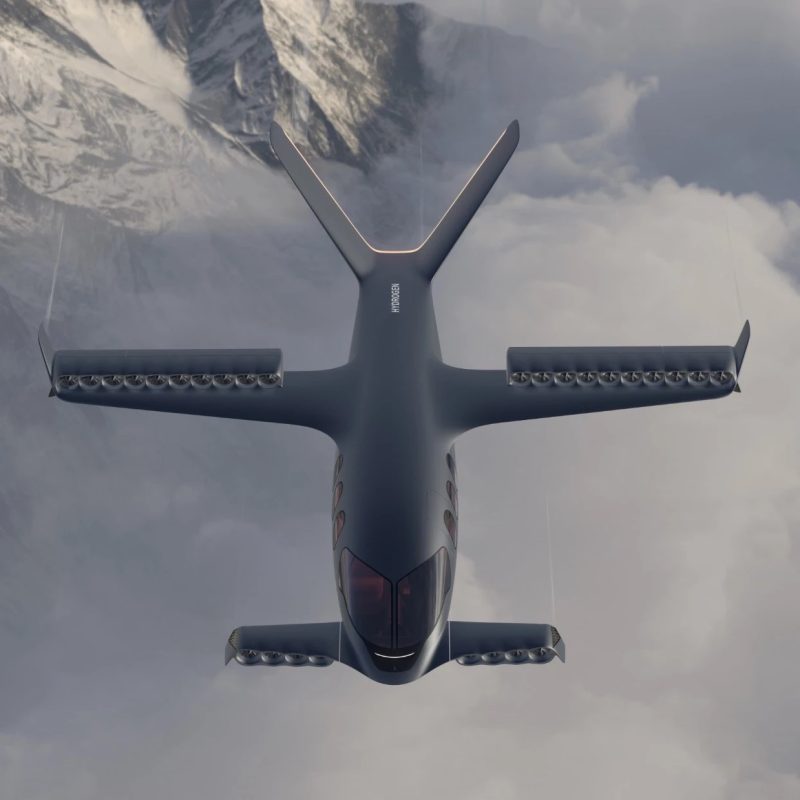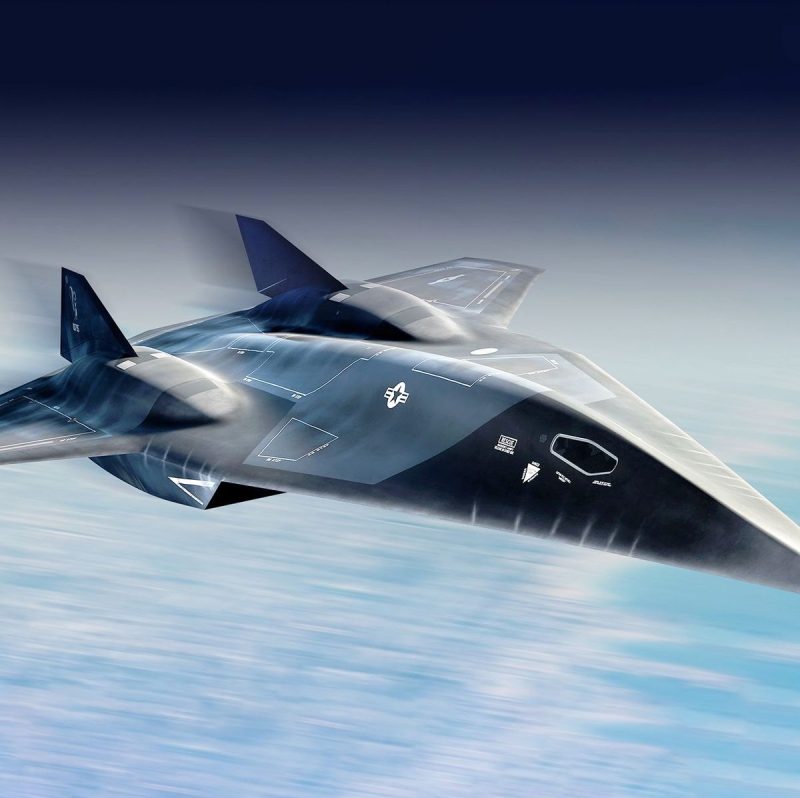Electric Seagliders Could Soon Be Hauling Passengers and Cargo Before the End of This Decade
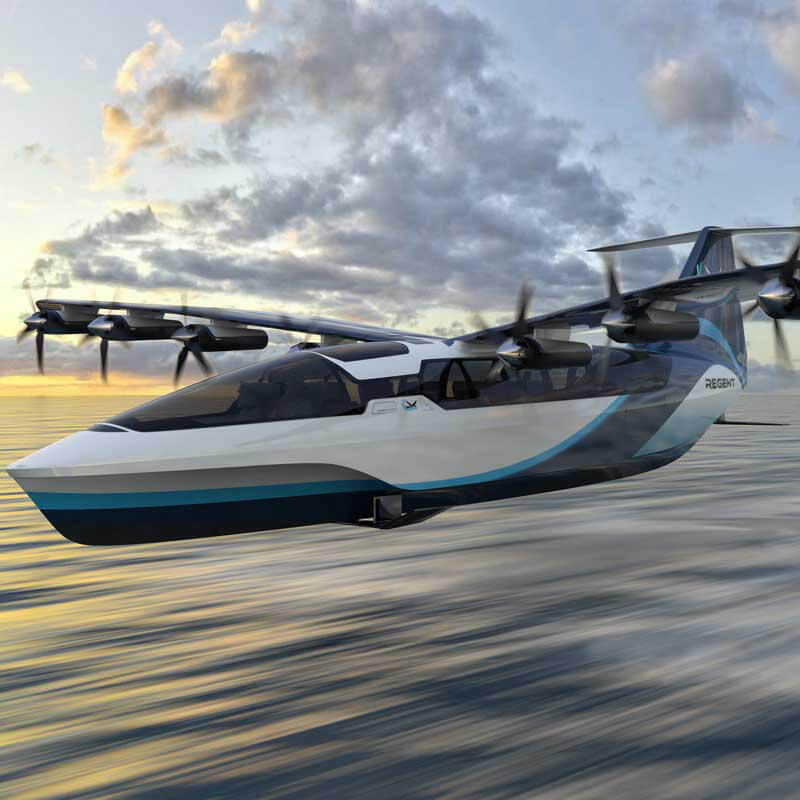
Although battery-powered passenger planes are still a ways off, electrifying aviation might help address the industry’s major environmental issues. However, all-electric seagliders that glide over the water like pelicans may be available much sooner.
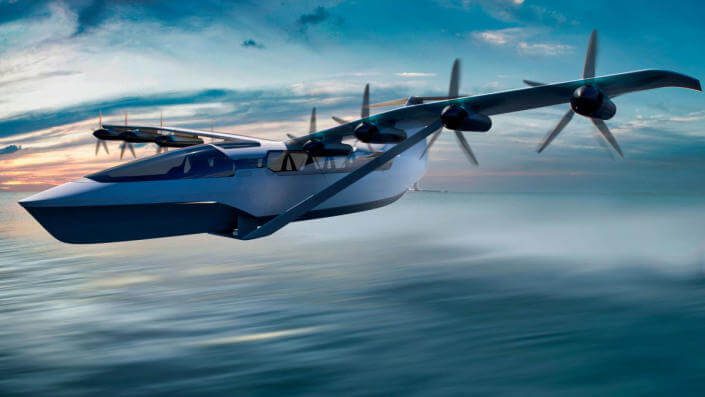
Image: Regentcraft
The transition of airplanes to electric propulsion is well underway, but batteries still have a long way to go before they can compete with jet fuel. Kerosene has a high energy density; yet, today’s top lithium-ion batteries carry too much weight and insufficient power to meet the demanding needs of the aviation industry.
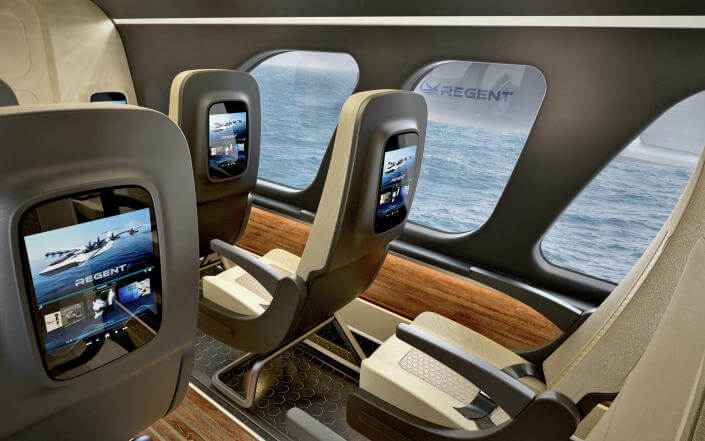
Image: Regentcraft
For short journeys inside or between cities, the majority of entrepreneurs in this field are now developing electric vertical takeoff and landing (eVTOL) aircraft. Before battery technology advances to the point where it can power big commercial airliners, it will probably take until the second part of this century.
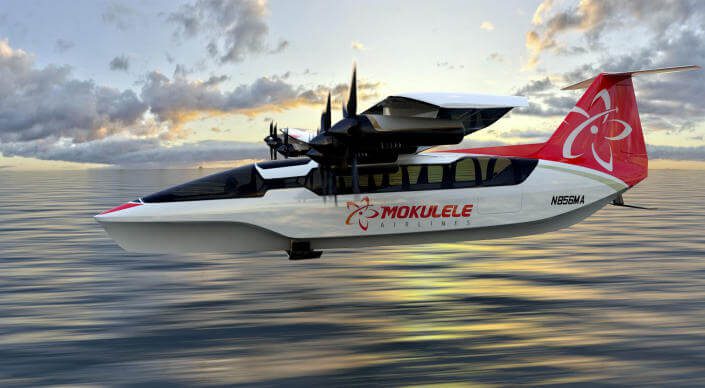
Image: Regentcraft
However, a cutting-edge seaplane design that dramatically improves flying efficiency by utilizing a phenomenon known as “ground effect” may hasten the adoption of electric aircraft. The company that created it, Boston-based Regent Craft, has teamed up with Hawaiian airline, Mokulele Airlines in order to build a regional flying prototype by 2025.
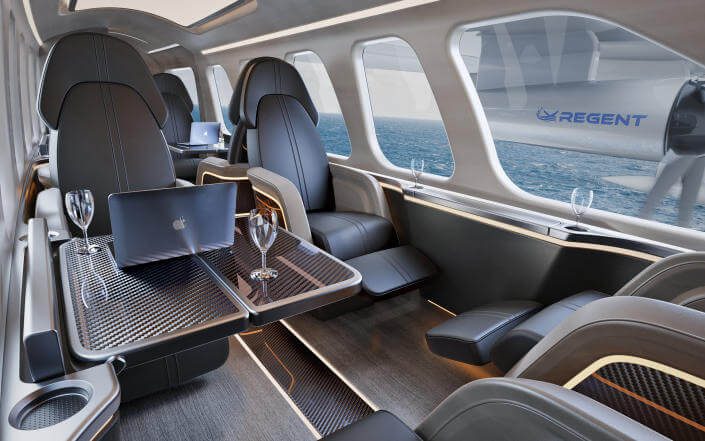
Image: Regentcraft
Technically not an aircraft, the company’s Viceroy seaglider is made to soar barely a few feet over the seas. In contrast, it is categorized as a Wing in Ground Effect ship, or WIG, which alludes to the unusual physics anomaly it makes use of.
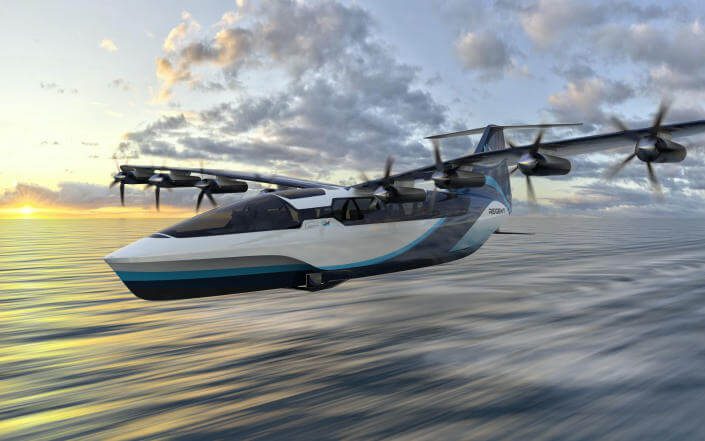
Image: Regentcraft
Due to the ground effect’s increased efficiency, the Viceroy will be able to run entirely on electricity while still having enough space for 12 people to travel 180 miles at up to 180 mph. It will moreover be able to transport up to 3,500 pounds of freight.
The company claims it has $465 million in provisional orders, yet still without a product. Although testing of a quarter-scale prototype of the Viceroy is scheduled to begin by the end of the year, the company’s goal of establishing the first seaglider network by 2025 appears overly optimistic given that it is creating a completely novel form of vehicle.

